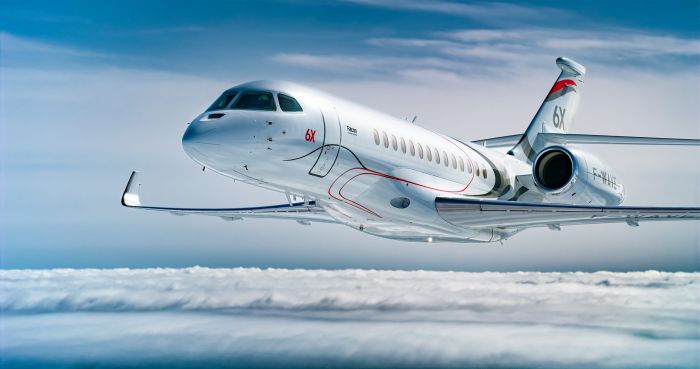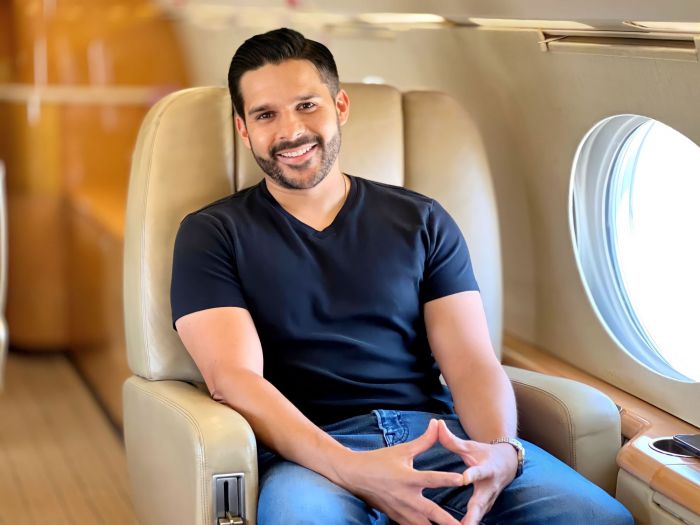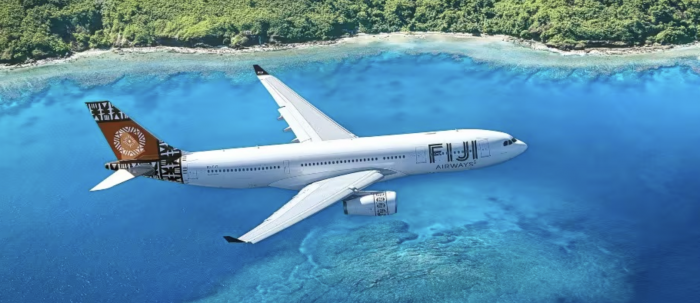
In 2022, Fractional aircraft flights reached a new record for hours flown, growing even faster than charter flights or wholly owned flights, according to data from ARGUS TRAQPak.
According to SherpaReport President Nick Copley, "The next 12 months will continue to be very busy for the fractional market. The reasons are multifaceted and tied to the following key trends that have emerged in 2022.
#1 --A wider variety of aircraft in fractional fleets
“As more private and corporate owners show interest in the fractional space,” continues Mr. Copley, “the needs of fractional owners are diversifying, as the variety of opportunities is growing. All fractional companies, including NetJets, Flexjet, PlaneSense, Airshare, AirSprint, Volato, Jet It, Nicholas Air, and flyExclusive, have placed orders with OEMs for new aircraft that are being delivered in 2023 and shortly thereafter.
"Further, Flexjet has recently added Gulfstream G650s and plans to add G700s, as well as super mid-sized jets such as Challenger 3500s. NetJets is also growing its fleet of ultra-long-range jets, ordering Bombardier Global 7500s and 8000s. It also placed an order for 100 additional Phenom 300s during COVID.”
Other companies adding light jets to their fleets include Volato, Jet It, PlaneSense, flyExclusive and AirSprint.
"Fractional companies,” Mr. Copley explains,“are not just replacing aircraft, they are adding to their fleets. NetJets aims to have 1,000 aircraft in its fleet by end of 2023 – up from 750 before the pandemic. Flexjet is expanding its fleet from 160 aircraft pre-pandemic, to over 250 at the end of 2022, and anticipates taking delivery of approximately 40 additional aircraft in 2023.”

#2. To become a fractional owner, the waitlist is diminishing.
For years, wait times to buy a new fractional share have been from months to years. However, with the addition of hundreds of aircraft to fractional fleets in the U.S, there will be greater opportunity to put more potential fractional owners into their desired aircraft in 2023.
"Smaller fractional providers who offer smaller aircraft, generally have had shorter wait times,” says Mr. Copley. "For example, at NetJets, to get a fractional share in an entry-level light jet like a Phenom 300, meant a wait of over a year, but getting a share on a Pilatus PC-24 at PlaneSense would be much quicker. However, customers requiring large ultra-long-range jets will have a more limited choice at the big fractional companies like NetJets and Flexjet. In the coming year, however, the wait times at larger companies will diminish due to the new deliveries and leveling off for demand. Thus, we see that 2023 will be a kinder year for fractional buyers.”

#3. Newer flexible payment and management options will entice many to fractional ownership.
Traditional fractional agreements consist of four payments: the initial purchase, a monthly management fee, hourly usage charges, and variables, including fuel.
"Newer airline providers have entered the market over the past few years and are trying alternative structures to woo customers," says Mr. Copley.
Some examples include no monthly management fees (flyExclusive and Volato), rebates (Volato), unlimited hours and days (Volato), using your fractional to train to be a pilot (Jet It), day-based programs (Jet It and Airshare), and designer aircraft with dedicated crew (Flexjet Red Label.)

#4. Sustainability – The growing, needful trend
Customers who in the past shied away from fractional or full ownership due to environmental concerns may be partially swayed in 2023 and beyond.
"The business aviation industry is aware of the need to increase sustainability and fractional companies are no exception," explains Mr. Copley. "To differing degrees, fractional companies are increasing their use of sustainable aviation fuels (SAF), purchasing carbon offsets, pledging to become carbon neutral, using book-and-claim, and reducing their ground emissions.”
As examples: NetJets committed to buying 3 million gallons of SAF (Sustainable Airline Fuel) while Flexjet offsets 300% of the carbon emissions from every flight. AirSprint, Volato and flyExclusive also have carbon offset programs. Because SAF is not yet available at most airports, a "book-and-claim" registry allows an aircraft to utilize SAF where available while another operator pays for it and claims the credit – some operators are using this method. A few operators are also reducing their environmental footprints on the ground, including AirSprint and NetJets. Finally, some newer aircraft being added have an Environmental Product Declaration, which confirms their sustainable sourcing and manufacturing.
"While concerns about a changing economy and higher interest rates may affect the number of people ready to purchase a fraction of an aircraft,” concludes Mr. Copley, “Fractional ownership should continue growth in 2023 and beyond. The number of ultra-high net worth individuals (UHNWI) continues to increase globally, while commercial flying is continually plagued with daily headaches and delays, actually more now than there were before COVID-19. This means those having switched to private aviation during the pandemic will stay, and more are likely to join. The fractional method is expected to secure more 2023 business from these trends, as it remains more cost-effective than full ownership.”
www.sherpareport.com

NetJets Longitude














